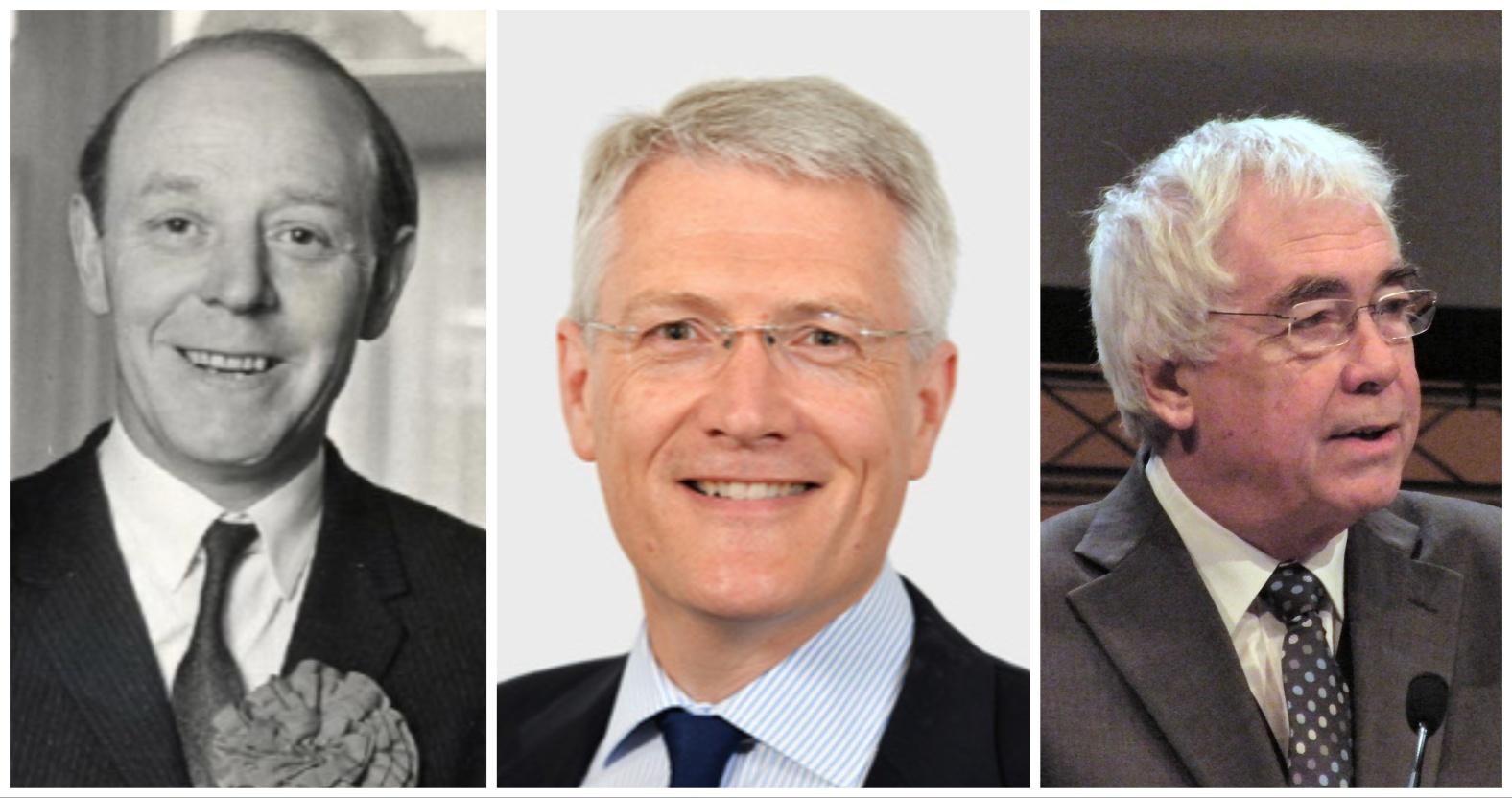02
Jul 2024
How Harrogate has voted throughout the decades

Former Tory chancellor Norman Lamont was pictured by a journalist at the Majestic hotel looking like “the cat that got the cream” after he was selected as his party’s candidate for Harrogate and Knaresborough in 1997.
Since the end of the Second World War, Harrogate had always had a Conservative MP and the newly created Harrogate and Knaresborough constituency was predicted to be a true blue seat.
But the electorate had other ideas, voting in Liberal Democrat schoolteacher and council leader Phil Willis in 1997. It was one of that year’s biggest upsets.
The area was part of the Ripon constituency until 1950 when boundary changes saw a Harrogate constituency created.
It was held by Conservative Major Christopher York, who became Ripon MP in 1939 and retired as Harrogate MP due to ill health in 1954.
A by-election that year was won comfortably by Conservative James Ramsden with 71% of the vote in a two-horse race with Labour.
Mr Ramsden was a Liverpudlian and the last person to hold the office of Secretary of State for War.
In 2012, he was interviewed as part of The History of Parliament’s oral history project and he described the moment of entering Parliament for the first time and being awestruck at seeing Winston Churchill speaking in the house.
He also spoke about being able to respond “honestly” about issues to local groups given the safety of Harrogate as a Conservative seat.
Mr Ramsden would win five more elections in Harrogate in the 50s, 60s and 70s — always with large majorities.
There would be two general elections in 1974 as Labour Prime Minister Harold Wilson sought to shore up power in Parliament.
This time, newcomer Robert Banks was selected as the Conservative candidate for Harrogate.
He won both elections that year with 54% of the vote.
The Liberal Party’s Ian DeCourcey Bayley had a strong showing at 30%, relegating Labour to a distant third, a position which they have never recovered from.
During Margaret Thatcher’s government, Mr Banks strengthened his support locally, winning 60% of the vote in 1983.
The newly created Social Democrat Party, a precursor to the Lib Dems, received 29% that year.
But Mr Banks would retain Harrogate with healthy majorities that never dropped below 11,000 throughout the 1980s and into 1992, when he won again.

Harrogate
However, there were concerns from the local Harrogate and Knaresborough Tory party that Mr Banks didn’t do enough for the constituency and there were grumblings that he lived in some style in Suffolk outside of Harrogate.
He decided to quit before facing the ignominy of deselection.
Enter Norman Lamont, former chancellor under John Major. The high-profile figure had already been rejected as a prospective candidate by half a dozen Tory associations across England before Harrogate and Knaresborough decided he was their man for the upcoming 1997 general election.
It was not a perfect situation for the Conservatives as boundary changes saw the creation of Harrogate and Knaresborough, which meant 12,000 rural voters were lost to the Vale of York.
Liberal Democrat Phil Willis was also a formidable opponent and was already known in the area as the no-nonsense leader of Harrogate Borough Council.
He ended up winning a stunning victory with 52% of the vote to Mr Lamont’s 39%.
Despite Tony Blair’s Labour government sweeping to a landslide victory, in Harrogate, they received just 4,000 votes out of 47,000 in 1997.
It was proof to many that voters in Harrogate and Knaresborough were prepared to vote tactically.
In 2001, Mr Willis beat Andrew Jones, who then was a Harrogate councillor, increasing his majority.
Four years later, Mr Willis increased his majority again, and the constituency’s time as a Conservative heartland looked well and truly over.
By 2010, Conservative leader David Cameron had succeeded in dragging his party out of the doldrums.
Mr Willis announced he would be retiring and Mr Jones returned to the fold as the party’s candidate for Harrogate and Knaresborough.
It was a close race between Mr Jones and Liberal Democrat Claire Kelley which he narrowly won by just over 1,000 votes, turning the area blue the first time in 13 years.
In 2015, a more comfortable victory for Mr Jones saw him win more than 50% of the vote for the Tories for the first time since Robert Banks in 1992.
Fringe parties have never performed well in Harrogate but 2015 saw UKIP’s David Simister come third with 11% of the vote.
Mr Jones won his third election in a row in 2017 but in 2019 there were concerning signs for him as Lib Dem Judith Rogerson cut his majority from 18,000 to 9,000.
Seven candidates, the most ever, are standing in Harrogate & Knaresborough in 2024.
It could be close and looks set to be one of the most significant chapters in Harrogate’s electoral history.
A full list of candidates is below:
- Paul Haslam – Independent
- Andrew Jones – Conservative
- Tom Gordon – Liberal Democrat
- Stephen Douglas Metcalfe – Independent
- Shan Oakes – Green Party
- John Swales – Reform UK
- Conrad Whitcroft – Labour
Until July 5 all stories relating to the General Election will be free to read. Please subscribe to the Stray Ferret to be able to read all our articles and support quality, local journalism. Click here. Thank you.
0